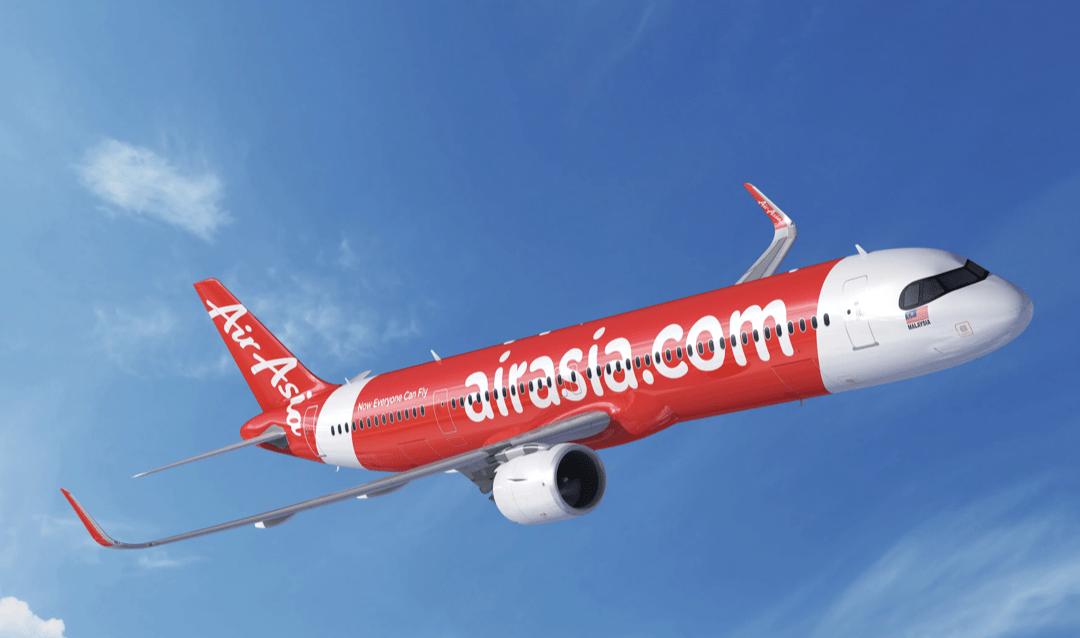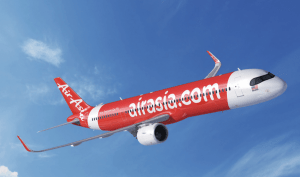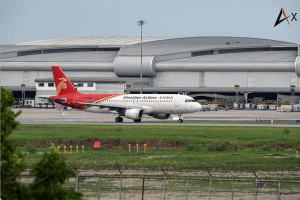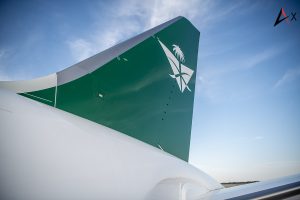The cornerstone of any airline lies in its network and fleet. Let’s take a closer look at Oman Air’s fleet. Fortunately, Oman Air is a smaller carrier and does not aim to grow significantly larger; otherwise, its challenges would likely be much greater.
The fleet comprises 13 Boeing 737 MAX 8s, eight Boeing 787-9s (one of which arrived earlier in 2024), seven Boeing 737-800s, five Boeing 737-900ERs, and two Boeing 787-8s. The airline also had A330-200s and A330-300s in its fleet, but these have been retired and are now operated by Qatar Airways.
In addition to retiring the A330s, Oman Air plans to phase out its 787-8s, so by the end of 2025, its widebody fleet will consist solely of 787-9s. This change will simplify operations and enhance flexibility with just two configurations.
The trend towards simplification will also be reflected in the narrowbody fleet. The older 737-800 and 737-900ER models will be replaced by additional MAX 8s by 2026. Ultimately, the fleet will comprise only 787-9s and MAX 8s.
As of winter 2024, Cirium indicates that Oman Air, which is set to join oneworld soon, will operate flights to 40 airports from its hub in Muscat. Among the new destinations is Rome, marking the airline’s first new route in five years.
The 2,536 nautical mile (4,696 km) route will operate four times a week on the Boeing 737 MAX 8, with a flight time of 7 hours and 30 minutes. Notably, flights are scheduled to commence in less than 2.5 months from the announcement date. Although this provides very little lead time, the airline’s existing route to Milan will support this new service, which is expected to benefit from increased demand during the Christmas season.













